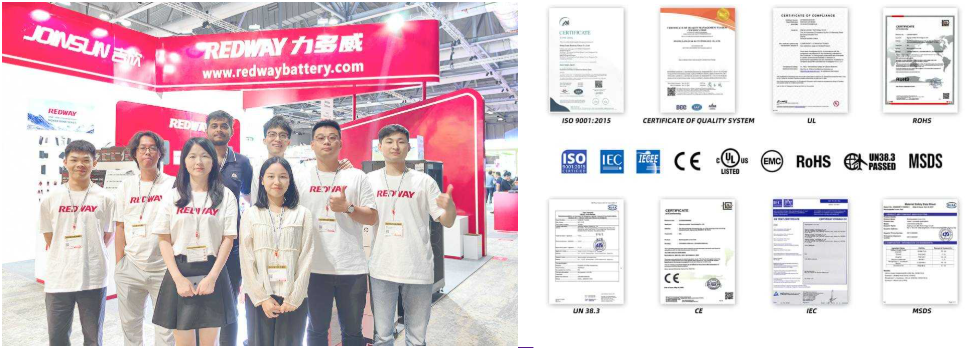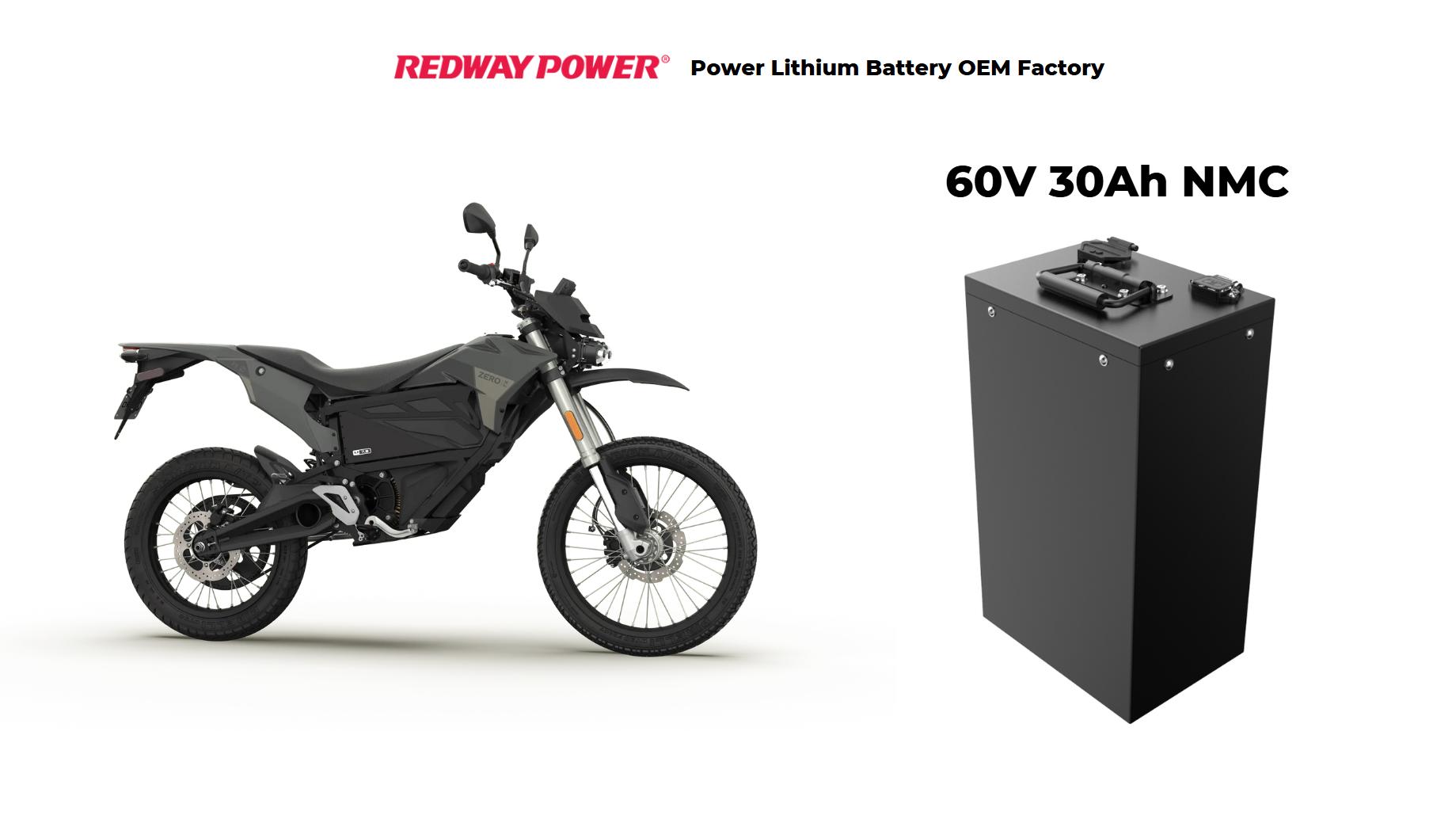Charging a motorcycle battery without a dedicated charger is possible using various methods, including jumper cables, household items, or even solar panels. Understanding these techniques can help you get back on the road quickly and efficiently when you find yourself without your charger.
What are the best methods to charge a motorcycle battery without a charger?
You can charge a motorcycle battery without a charger using methods like jumper cables from another vehicle, household batteries, or a solar panel. Additionally, you can use a battery jump starter or create a DIY charger with common items like lantern batteries and alligator clips.
There are several effective methods for charging a motorcycle battery without a charger:
- Using Jumper Cables: Connect your motorcycle battery to another vehicle’s battery.
- Portable Jump Starter: Use a portable jump starter designed for batteries.
- Solar Charger: Utilize solar panels if you’re in an outdoor setting.
- Household Batteries: In some cases, you can use D-cell batteries to create a temporary charge.
Each method has its own set of steps and precautions, which are important for safe operation.Chart: Charging Methods Overview
| Method | Description |
|---|---|
| Jumper Cables | Connects to another vehicle’s battery |
| Portable Jump Starter | Uses stored power for quick charging |
| Solar Charger | Harnesses sunlight for charging |
| Household Batteries | Creates temporary connections for charging |
How to use jumper cables to charge a motorcycle battery?
To use jumper cables, connect the red clamp to the positive terminal of the dead battery and the other red clamp to the positive terminal of a working battery. Connect the black clamp to the negative terminal of the working battery, and attach the other black clamp to an unpainted metal surface on the dead motorcycle. Start the working vehicle and let it run for a few minutes.
To charge your motorcycle battery using jumper cables:
- Gather Materials: You’ll need jumper cables and another vehicle with a compatible battery.
- Connect Cables:
- Attach the red (positive) cable clamp to the positive terminal of the dead battery.
- Connect the other end of the red cable to the positive terminal of the donor vehicle’s battery.
- Attach the black (negative) cable clamp to the negative terminal of the donor vehicle’s battery.
- Connect the other end of the black cable to an unpainted metal surface on your motorcycle (this acts as ground).
- Start the Donor Vehicle: Let it run for a few minutes before attempting to start your motorcycle.
- Start Your Motorcycle: If it starts, let it run for at least 10-15 minutes to recharge.
Chart: Jumper Cable Connection Steps
| Step | Action |
|---|---|
| Gather Materials | Jumper cables and another vehicle |
| Connect Red Cable | Positive terminal of both batteries |
| Connect Black Cable | Negative terminal of donor and ground on bike |
| Start Donor Vehicle | Allow it to run before starting your bike |
| Start Motorcycle | Let it run for further charging |
What household items can be used for charging?
Household items like D-cell batteries can be used to charge a motorcycle battery. Connect several batteries in series to achieve 6 volts, then attach them to the motorcycle battery terminals. Alternatively, you can use a lantern battery with alligator clips for a DIY charging solution.
In emergencies, some household items can temporarily charge your motorcycle battery:
- D-Cell Batteries: Connect several D-cell batteries in series (4-6) to create approximately 6 volts needed for charging.
- Power Bank: If compatible, some high-capacity power banks can charge batteries directly or through an adapter.
While these methods can work in emergencies, they are not ideal and should be used cautiously.Chart: Household Items for Charging
| Item | Description |
|---|---|
| D-Cell Batteries | Create series connection for temporary charge |
| Power Bank | Use if compatible with voltage requirements |
How to ensure safe charging practices?
Ensure safe charging by working in a well-ventilated area, wearing protective gear, and avoiding flammable materials. Always connect terminals correctly (positive first), and never leave charging unattended. Monitor the process closely to prevent overcharging or overheating, which can damage the battery or cause hazards.
Safety is paramount when charging batteries, especially without traditional chargers:
- Check Connections: Ensure all connections are secure and correct before starting any process.
- Inspect Equipment: Look for damaged cables or connectors that could cause short circuits.
- Ventilation: Work in well-ventilated areas to avoid gas buildup from batteries.
- Avoid Overcharging: Monitor the process closely; disconnect once charging is complete.
Chart: Safety Practices
| Practice | Description |
|---|---|
| Check Connections | Ensure secure and correct connections |
| Inspect Equipment | Look for damage before use |
| Maintain Ventilation | Prevent gas buildup |
| Monitor Charging | Disconnect when fully charged |
When should you consider professional help?
Consider professional help if you experience persistent issues with your motorcycle battery, such as repeated failures to hold a charge or if you’re unsure about safely connecting or testing components. Additionally, if DIY methods do not yield results, consulting a mechanic can prevent further damage.
If your attempts at charging do not succeed or if you notice:
- Swelling or leaking from the battery
- Persistent issues with starting after multiple attempts
- Unusual smells or sounds during charging
It’s best to consult with a professional mechanic or battery technician who can assess and safely address any underlying problems.Expert Opinions
“Knowing how to charge your motorcycle battery without a dedicated charger can save you in critical situations,” says Dr. Kevin Thompson, an automotive expert. “However, always prioritize safety and consider professional help if you’re unsure about any step in the process.”
How to Charge a Motorcycle Battery at Home Without a Charger or Car: Step-by-Step Guide
- Gather materials like jumper cables or household batteries.
- For jumper cables, connect them as described above.
- If using household batteries, connect them in series and attach them to the motorcycle battery terminals.
- Allow sufficient time for charging (several hours).
- Test the battery before use; if it doesn’t hold charge, seek professional assistance.
Conclusion
Charging a motorcycle battery without a charger is achievable through various methods such as using jumper cables, household items, or portable jump starters. Understanding these techniques and following safety practices will ensure you can effectively revive your battery when needed.
Frequently Asked Questions
- Can I use my car charger on my motorcycle battery?
Yes, but ensure that it is compatible with your motorcycle’s voltage requirements. - How long does it take to charge using jumper cables?
Typically, it takes about 10-15 minutes after connecting before attempting to start your motorcycle. - Is it safe to leave my bike connected while running another vehicle?
Yes, but monitor both vehicles closely during this process. - What should I do if my battery won’t hold a charge?
Consider replacing it or having it tested by a professional. - Can I use solar panels to charge my motorcycle battery?
Yes, if properly configured with suitable voltage output and connectors.
Know more:
How to Charge a Motorcycle Battery Without a Charger?
How Do Lithium Ion Motorcycle Batteries Enhance Your Ride?
Why RELiON Battery is the Top Choice for Lithium-ion Motorcycle Batteries?
How to Safely Charge a Lithium Motorcycle Battery?






